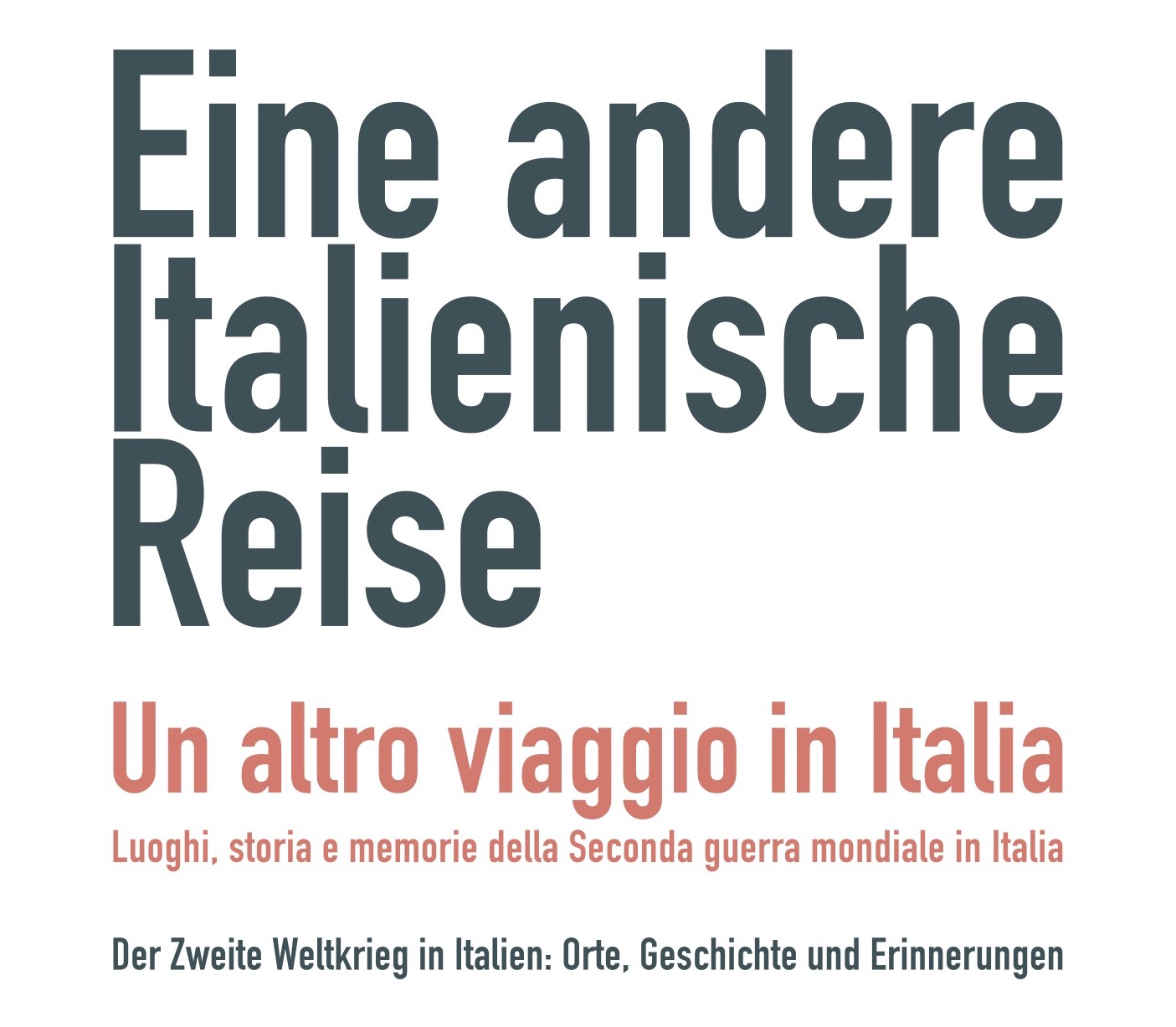Credits: Giulia Zitelli Conti, Isrifar
Where are we?
We are at the Palace of Italian Civilisation
Now home to a fashion house, it was designed in 1937 in the EUR district as a permanent museum of Italian civilisation.
In July 1937, a national competition was launched for one of the main buildings in E42, the new district in the south-east of Rome. The building, commissioned for the Universal Exhibition planned for 1942, on the twentieth anniversary of the March on Rome, had significant symbolic value as an embodiment of the power of Fascist Italy. The building was to house an exhibition on Italian civilisation before becoming a permanent museum.
First prize was awarded to the group of architects Ernesto Bruno Lapadula, Mario Romano and Giovanni Guerrini. Their as yet incomplete building was inaugurated in 1940, but work was interrupted by the war and completed only after its end.
The Palace, which combines features of classical Roman design with aspects of Rationalism, celebrates the architecture of the Colosseum. It has a squared based parallelepipedal shape, covered in travertine, and six floors, each with nine arches and embellished with sculpture, hence its common name ‘Square Colosseum’. On the façade, an inscription contains an extract from Mussolini’s 1935 speech announcing the invasion of Ethiopia which describes Italians as ‘a people of poets, artists, heroes, saints, thinkers, scientists, navigators and migrators’.
An icon of 20th century architecture and a symbol of the controversial way in which Italian collective memory deals with Fascist monuments, the Palazzo was the backdrop to the dreamlike locations of Fellini’s atmospheric films and De Chirico’s metaphysical landscapes. Since 2015, following major restoration works, it has been the headquarters of the Fendi fashion house.
Facility or museum: no
Geographic location: Roma, Lazio
To know more

